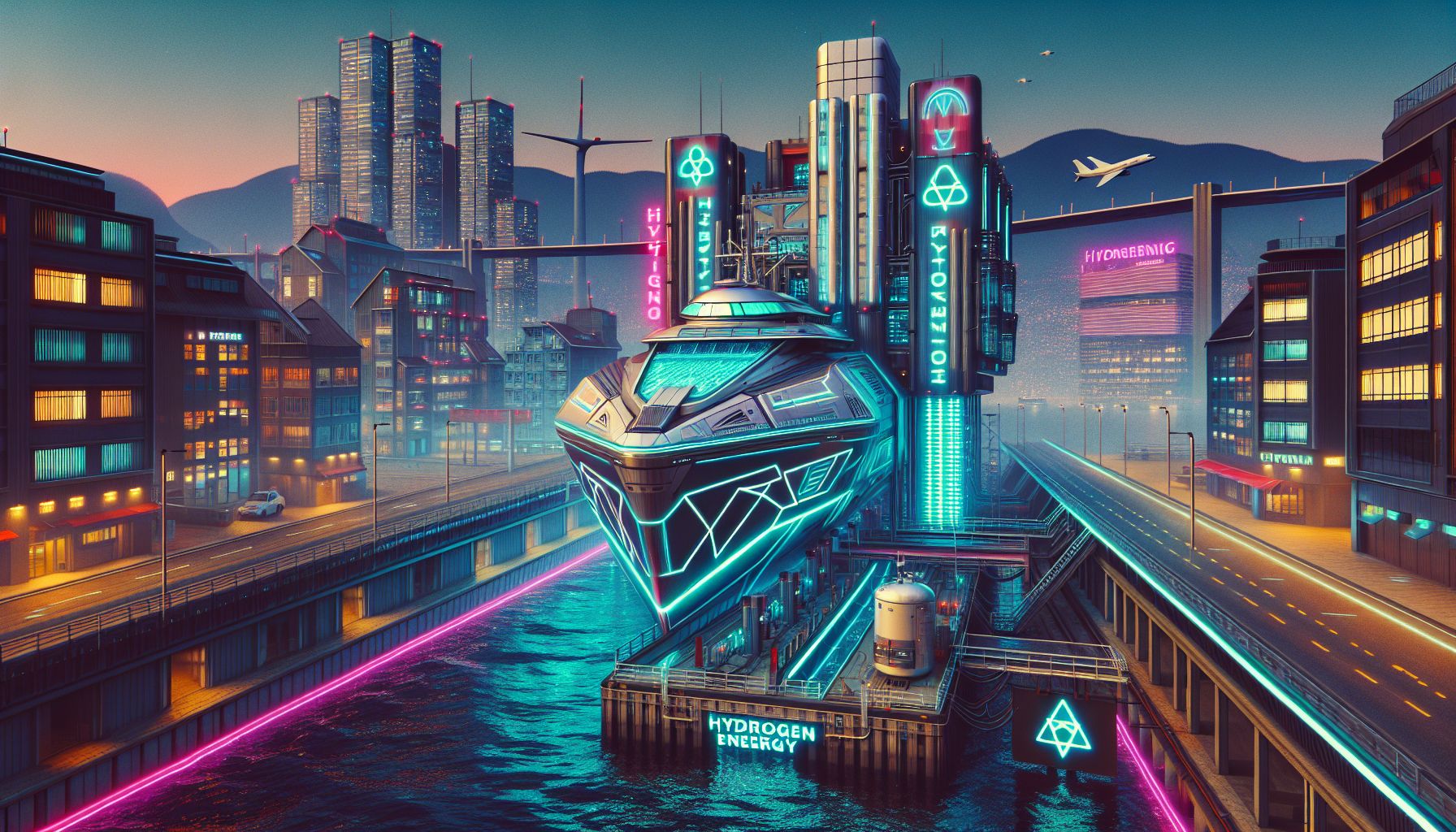Norway's Hydrogen Dream Dims Amid New Industrial Policies

Oslo, Monday, 31 March 2025.
Norway shifts gears, stepping back from hydrogen energy due to costs and demand issues. Maritime projects like MF Hydra lose steam, showcasing hydrogen’s logistical woes. What now for green energy?
The Rise and Fall of Norway’s Hydrogen Ambitions
I’ve been tracking Norway’s hydrogen journey since its ambitious beginnings in 2020, when the country launched its national strategy with grand visions of decarbonizing shipping and manufacturing [1]. The initial enthusiasm was remarkable - Norway committed nearly NOK 1 billion (approximately $100 million USD) to hydrogen initiatives in 2021 [1]. However, by 2024, these dreams began to crumble as the new industrial strategy, Meld. St. 16, revealed sobering realities about hydrogen’s practical challenges [1].
Technical Hurdles and Efficiency Concerns
The fundamental issues with hydrogen became impossible to ignore. Green hydrogen’s efficiency losses were staggering - two-thirds of energy disappeared between generation and final use [1]. As someone deeply invested in clean energy solutions, I find it particularly telling that Norway’s power surplus, once considered the backbone of their hydrogen strategy, has diminished significantly [1]. The country’s hydropower infrastructure reached its limits while grid systems struggled to keep pace with growing demand [1].
Maritime Dreams Meet Reality
Perhaps the most striking example of hydrogen’s challenges comes from the maritime sector. The MF Hydra ferry, once heralded as a breakthrough in clean maritime transport, turned into what officials now describe as a ‘logistics nightmare.’ The numbers are sobering - the vessel ended up emitting twice as much CO2 and costing ten times more than the diesel ferry it was meant to replace [1].
Corporate Retreat and Policy Shift
By late 2024, even major players began backing away. Equinor, Norway’s energy giant, cancelled its pioneering offshore hydrogen pipeline to Germany and cut its planned energy transition investments by 50% [1]. The government’s messaging has shifted dramatically - hydrogen is no longer positioned as the future of energy but rather as a contingency plan [1]. As one industry observer noted in the latest policy documents, ‘Norway hasn’t completely buried hydrogen, but the grave is dug, the coffin’s half-lowered, and someone just forgot the last shovelful of dirt.’ [1]
Looking Ahead
The implications of this policy shift are significant. Flagship projects like the Aukra blue hydrogen facility and the Hellesylt Hydrogen Hub have been quietly shelved due to lack of demand and missing off-take agreements [1]. While Norway maintains one of the world’s best-engineered natural gas systems [1], the country is clearly pivoting away from its hydrogen ambitions, though doing so without drawing attention to the flaws in the original plan [1].